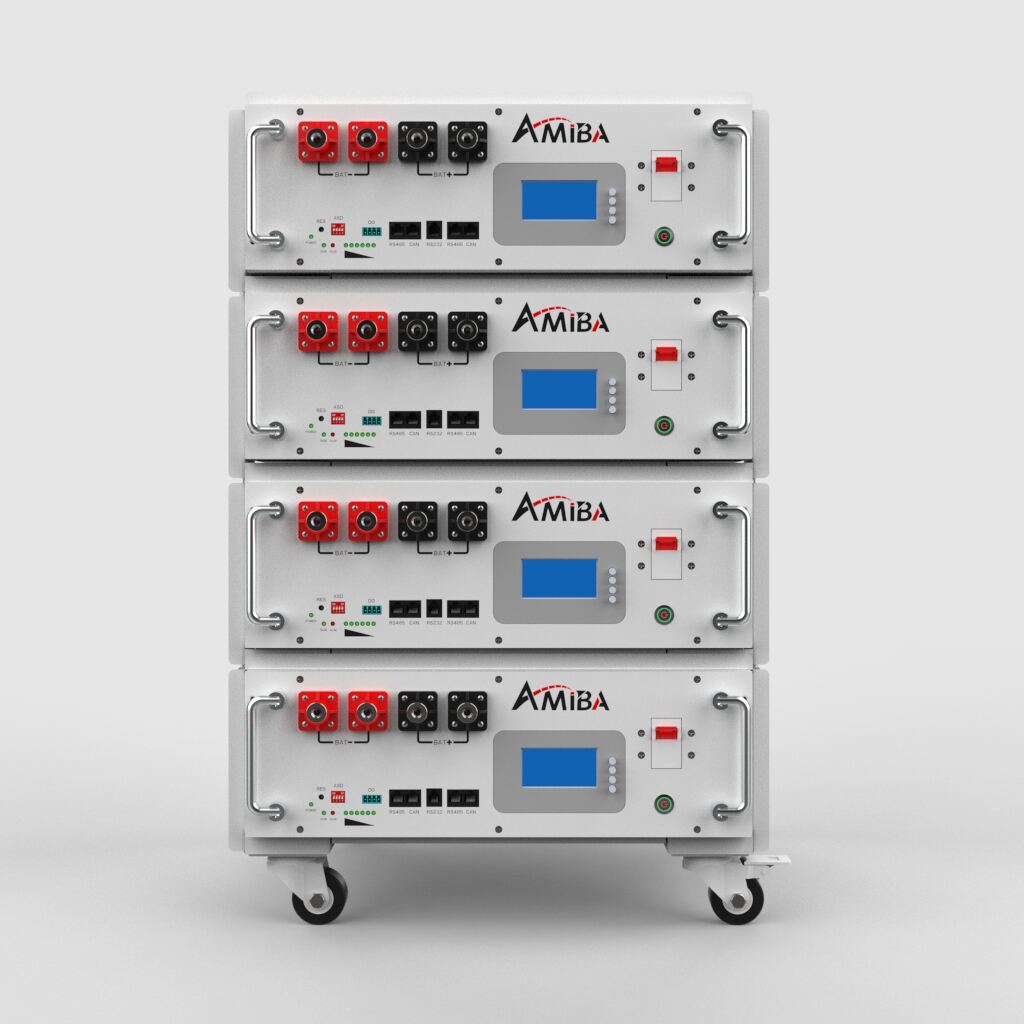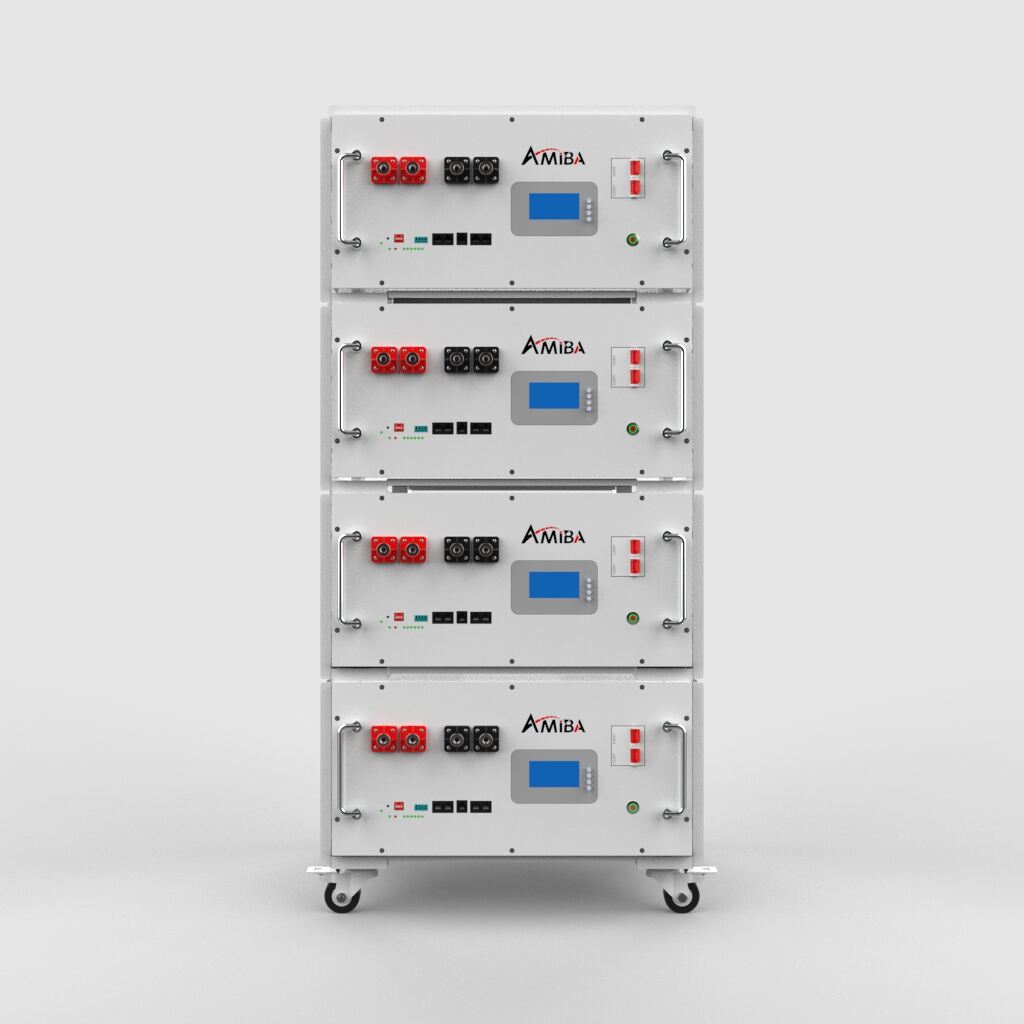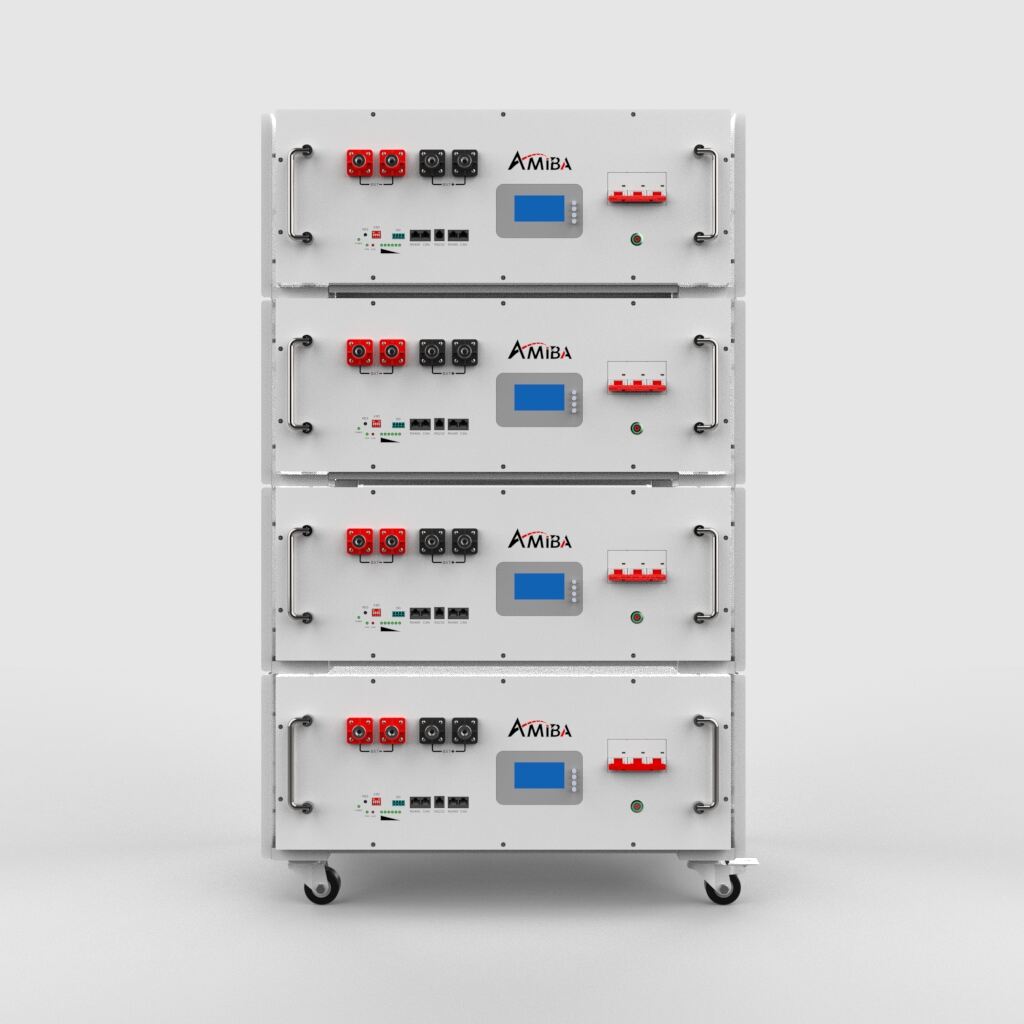Getting familiar with the basic specs of energy storage systems helps make them work better in practice. Energy capacity, usually shown in kilowatt hours (kWh), tells us just how much juice a system can hold inside. Power capacity, measured in kilowatts (kW), shows how fast that stored energy can actually get out when needed. These numbers really matter for figuring out how well home batteries perform day to day. A bigger energy capacity means more stored power available for households and small businesses throughout the day, which makes switching to solar panels and wind turbines much more feasible. We're seeing this trend clearly as more people want to go green. The market for big capacity storage units keeps growing fast, showing that folks need better ways to store all that renewable energy they're generating. Latest industry reports point to massive growth coming in the next few years for high capacity storage options, as companies pour money into expanding clean energy infrastructure across the country.
When looking at energy storage systems, round trip efficiency remains one of the key numbers people check because it tells us just how much stored power actually gets put back into use later on. Systems that score high on this measure are basically good at keeping most of the energy intact through both storage and retrieval processes, which makes them particularly useful for households relying on battery backups during outages or peak hours. Most home energy storage setups today rely heavily on lithium ion batteries, and these generally sit somewhere between 85% and 95% efficient when converting electricity back and forth. Some newer models coming out now even push past those numbers according to recent findings published by researchers working in the field of energy storage solutions.
When looking at energy storage systems, cycle life matters a lot. Basically, it tells us how many times we can charge and discharge a battery before it starts losing capacity. The good news is that longer cycle life translates into better sustainability for people who install home battery systems. Another key consideration is depth of discharge, or DoD for short. This determines what percentage of stored energy can be used without hurting the battery's longevity. Most experts recommend keeping DoD settings within certain limits to maximize those precious cycles. Different battery types handle this differently. Take lithium-ion for instance versus old school lead acid batteries. According to various tests run by researchers, lithium-ion packs generally last through more complete charge cycles even when discharged deeply, which makes them a popular choice among homeowners wanting reliable backup power solutions.
Good thermal management makes all the difference when it comes to keeping home battery storage units working properly and staying safe. When temperatures stay within the right range, batteries don't overheat or get damaged. Most folks rely on either air cooling or liquid cooling for this job, especially where there's lots of demand on the system. These cooling approaches actually make batteries safer to operate, so they last longer too. The industry has been pushing for better thermal management practices for years now, and plenty of real world examples back this up. Beyond just improving how well batteries perform, proper thermal management keeps everything in line with safety regulations. That's why most modern energy storage designs simply can't function without some sort of thermal control built right in from the start.
Battery Energy Storage Systems at grid scale play a critical role in today's energy landscape, allowing utility companies to hold onto excess power and release it when needed. These massive storage units work hand in glove with existing power networks, making our energy supply more robust and dependable. They're especially important when there are mismatches between what people need and what generators can deliver, plus they help bring more clean energy into the mix. When dealing with unpredictable renewables such as wind farms and solar panels, grid scale batteries act as shock absorbers for the entire system. Power companies rely heavily on this technology to keep things running smoothly despite constantly changing conditions. The numbers back this up too – according to Deloitte's latest look at energy trends through 2025, we saw a whopping 64% jump in new battery storage capacity last year alone. This growth shows just how essential these systems have become for balancing out the sometimes erratic nature of green energy production against consumer demand worldwide.
The rise of behind-the-meter energy options marks something pretty big for how regular folks control their own power needs. Homeowners can now take charge of their energy consumption without waiting for utility companies to act. This actually affects monthly bills and gives people more say over their electricity situation. When households generate and store power right at home, systems such as residential batteries let them fine tune when they use energy, cut down on grid dependency, and sometimes even earn money back for extra generation. We're seeing more people install these setups as they want greater control over their energy lives. Take the numbers from EIA for instance they forecast that homes with solar panels will jump from around 14 percent in 2023 to nearly 25 percent by next year. That shows folks are getting serious about managing their own energy rather than relying solely on traditional providers.
Solar battery systems installed right next to where they're needed are becoming increasingly popular because they help make better use of all that sunshine. When paired together, these setups store extra power generated during the day so people can actually use it when prices go up at night or when there's no sun shining. The whole point is saving money while using cleaner energy sources. Plus, governments throw in some pretty good deals too - things like tax breaks and cash back programs really sweeten the pot for folks wanting to switch over. Take one family in California who went through with this setup last year. Their monthly electricity tab dropped by around 30%, which adds up nicely over time. That kind of real world result shows why more households might want to consider making the jump towards greener living without breaking the bank.
AMIBA Power's HES05RK-51.2V100Ah-5.12KWh model has become quite popular among industrial users looking for serious energy storage solutions. At just 5.12 kWh capacity, this unit fits right into tight spaces where every inch counts, making it perfect for those cramped data centers and server rooms we all know too well. What really sets this apart from regular batteries on the market is how much power it packs despite its small footprint. The energy density here is seriously impressive compared to what most competitors offer. And don't worry about sacrificing performance for that compact design either. Many facility managers who've installed these report that they keep their systems running smoothly even when unexpected power cuts hit during crucial moments.

Businesses that deal with regular power cuts can find solid support in the HES10RK-51.2V200Ah-10.24KWh battery system. With a hefty 10.24 kWh storage capacity, this unit keeps essential equipment running when the grid goes dark. Manufacturing plants, healthcare facilities, and data centers all rely on uninterrupted power flow, which this battery helps maintain during those frustrating blackouts. Many companies in regions prone to electrical failures have started investing in these kinds of backup solutions recently. The growing interest makes sense given how disruptive even short power losses can be for operations that depend on constant electricity supply.

AMIBA Power's HES15RK-51.2V280Ah-14.336KWh model shows what the company has been working on for years now - long lasting energy storage that really matters in places where power cuts just can't happen. Take hospitals or data centers for instance. The battery pack holds an impressive 14.336 kWh, which means it can keep things running when everyone else's systems are struggling during those peak load moments. No more worrying about sudden drops in electricity causing all sorts of problems. For businesses operating in these vital sectors, having extra runtime makes all the difference between smooth operations and costly interruptions. Looking at what's happening across the industry right now, more companies are starting to see the value in investing in storage options that last longer than standard models. It's not just about saving money either; it's becoming essential for staying competitive in today's unpredictable energy landscape.

How fast an energy storage system can switch between charging and discharging really determines how responsive it will be when there's sudden demand for power. When systems can convert energy quickly, they react almost instantly to whatever power needs pop up, which makes all the difference for things like home backup batteries or those used with solar panels. On the flip side, if the conversion takes too long, the whole system becomes less efficient and struggles to keep up with changing requirements. Battery tech has come a long way though. Looking at numbers from the industry, we've seen around a 20% boost in conversion efficiency just in the last ten years. That kind of progress shows manufacturers are seriously cracking the code on better performance here.
Creating revenue plans that work across multiple markets helps boost profits in energy storage operations without compromising reliability. Companies often look at different income sources like demand response programs or get involved in energy trading markets to diversify their earnings. When businesses match these revenue opportunities with what's happening in the market, they tend to see better financial results while keeping their systems running smoothly. Take it from the experience of several energy storage companies who've actually done this successfully. They balance supply against demand as things happen, which means they make good money while managing energy resources efficiently. Some even report cutting costs significantly through these approaches.
Research into better battery storage keeps making progress on both efficiency and what things cost. We're seeing some exciting developments lately too, like those solid state batteries everyone's talking about plus better ways to recycle old ones. And get this – artificial intelligence is starting to play a big role in managing these energy storage systems, which could completely change how we handle power at home. Industry folks who know their stuff believe that within just five years or so, new tech might actually make our batteries work twice as well as they do now while cutting down expenses around 30%. For homeowners thinking about installing solar panels or looking to store electricity somehow, all these improvements mean much better options coming down the road soon enough.